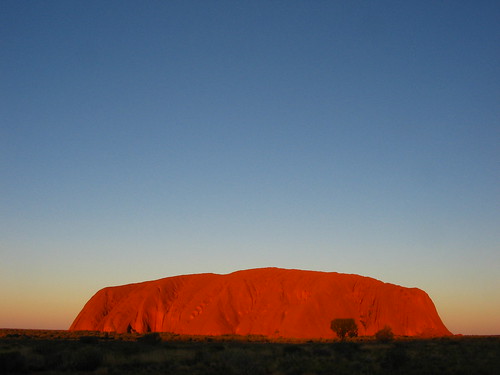 Dating work at Uluru Australias most famous ancient landmark is at risk following the revelation that tourists have been scattering the ashes of dead loved ones at the site.
Dating work at Uluru Australias most famous ancient landmark is at risk following the revelation that tourists have been scattering the ashes of dead loved ones at the site.
Mick Starkey, a spokesman for the UNESCO World Heritage-listed Uluru Kata-Tjuta National Park, told ABCNews that human ashes had been discovered at two separate rock art sites over the past month. He said the practice could contaminate the sites and hinder efforts to date and record ancient art.
“Obviously some people (have) been bringing and dropping their ashes off here,” he said, “and it’s going to cause a bit of problem if they put them in our art sites because we won’t be able to do some dating later on in life.
“It’s starting to be a little bit of a problem.”
Controversy at ‘The Rock’
This is the latest in a series of rows involving visitors to Uluru. The future of the controversial tourist climb to the top of
the site is under review by the Australian federal government after a draft management plan for the Uluru Kata-Tjuta National Park recommended closing the tourist access. Traditional owners have long opposed the climb, saying it disrespects their heritage, but the climb is also said to cause environmental damage and risk the safety of those who attempt to make it to the top 35 tourists have died scaling the landmark in the last 20 years.
Anecdotal reports suggest some tourists have travelled to Uluru in recent months specifically to climb the site before the official path is closed.
There are ongoing efforts to discourage visitors from stamping all over this sacred Aboriginal site. A new viewing platform has just opened to give tourists as elevated view of the Uluru without having to climb it. Commentators say the platform was designed to provide an additional visitors facility for after the climbs inevitable closure.
In a separate controversy, a local tour operator complained in September that tourists had been defecating and relieving their bladders upon reaching the summit (there are no toilets at the top…). It’s a practice that not only disrespects the beliefs of the traditional owners, but also contaminates a sacred pool at the foot of the site.